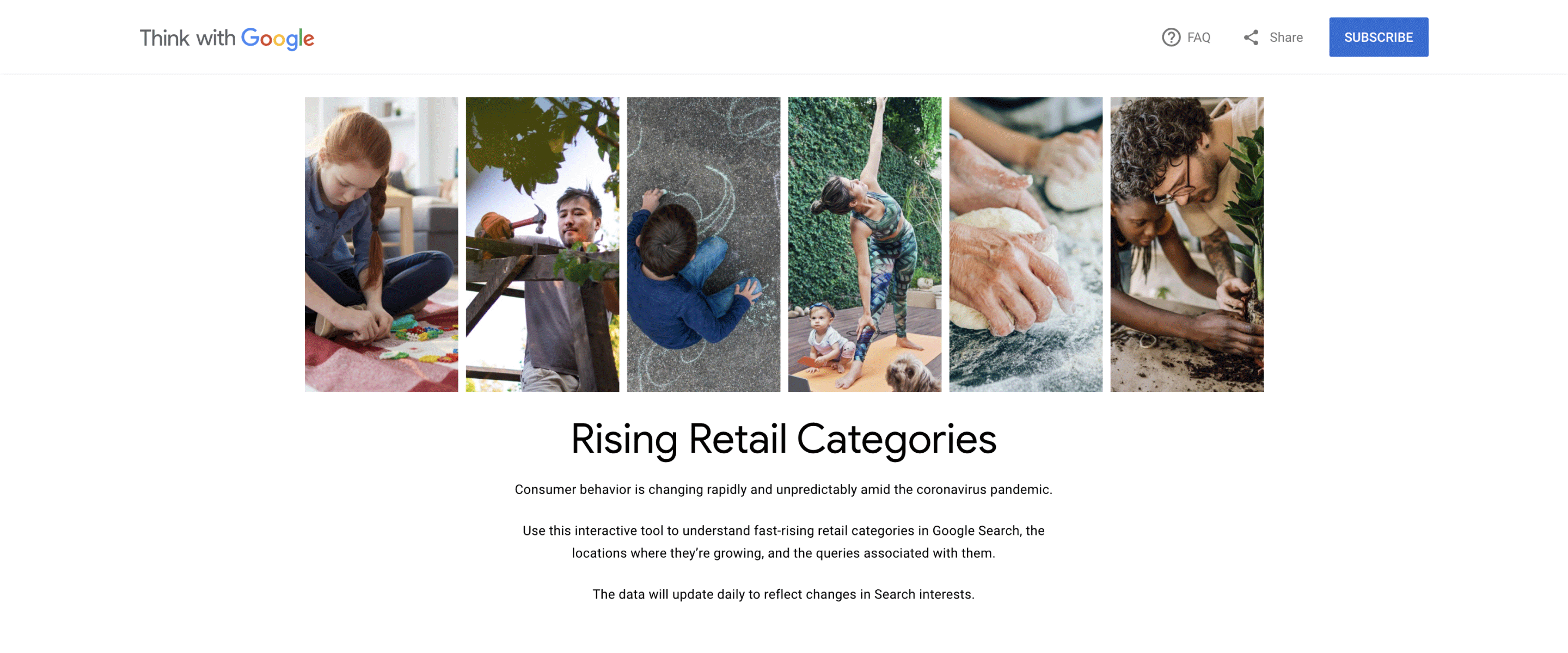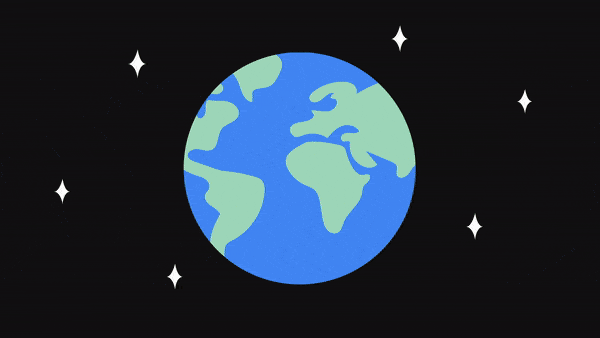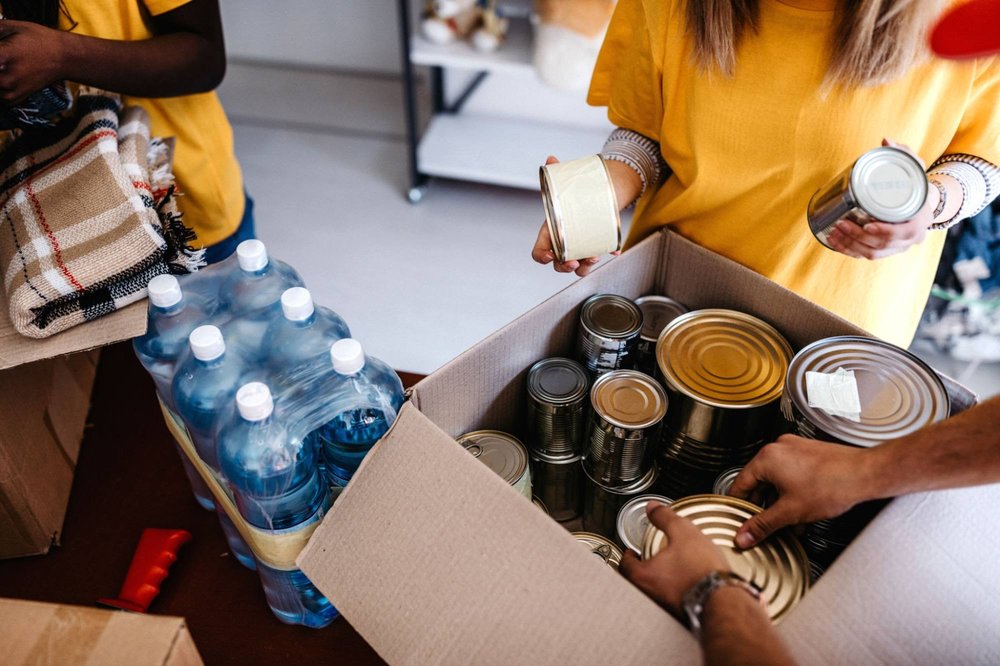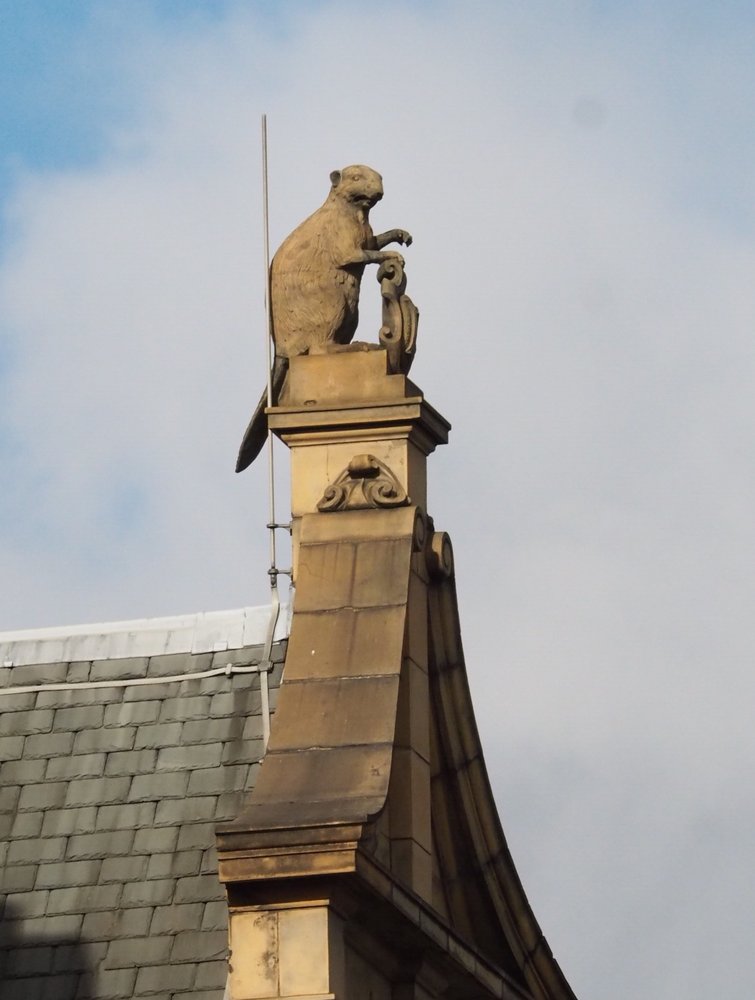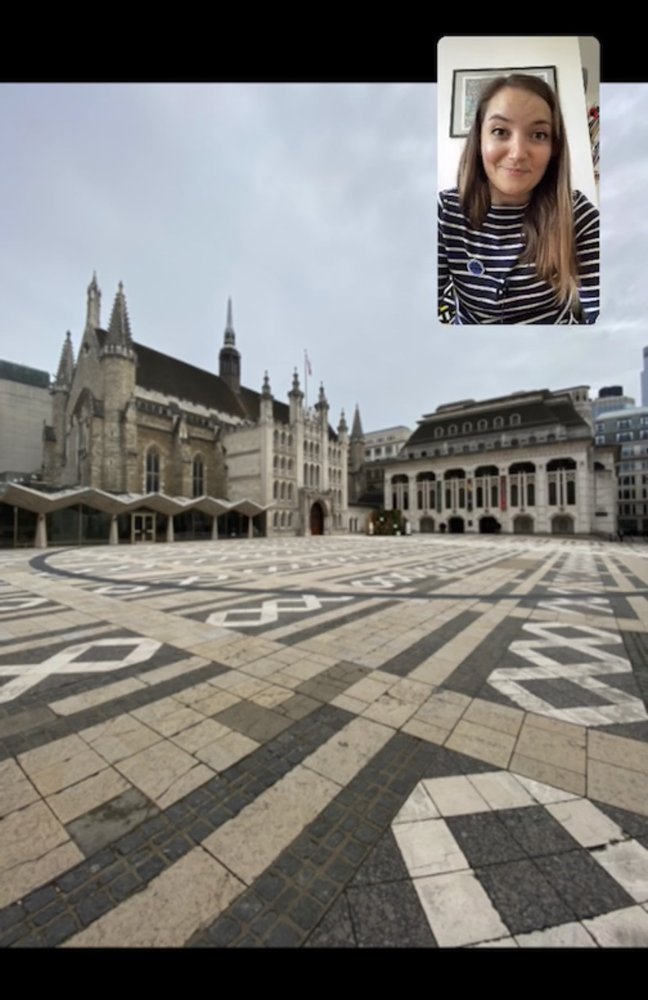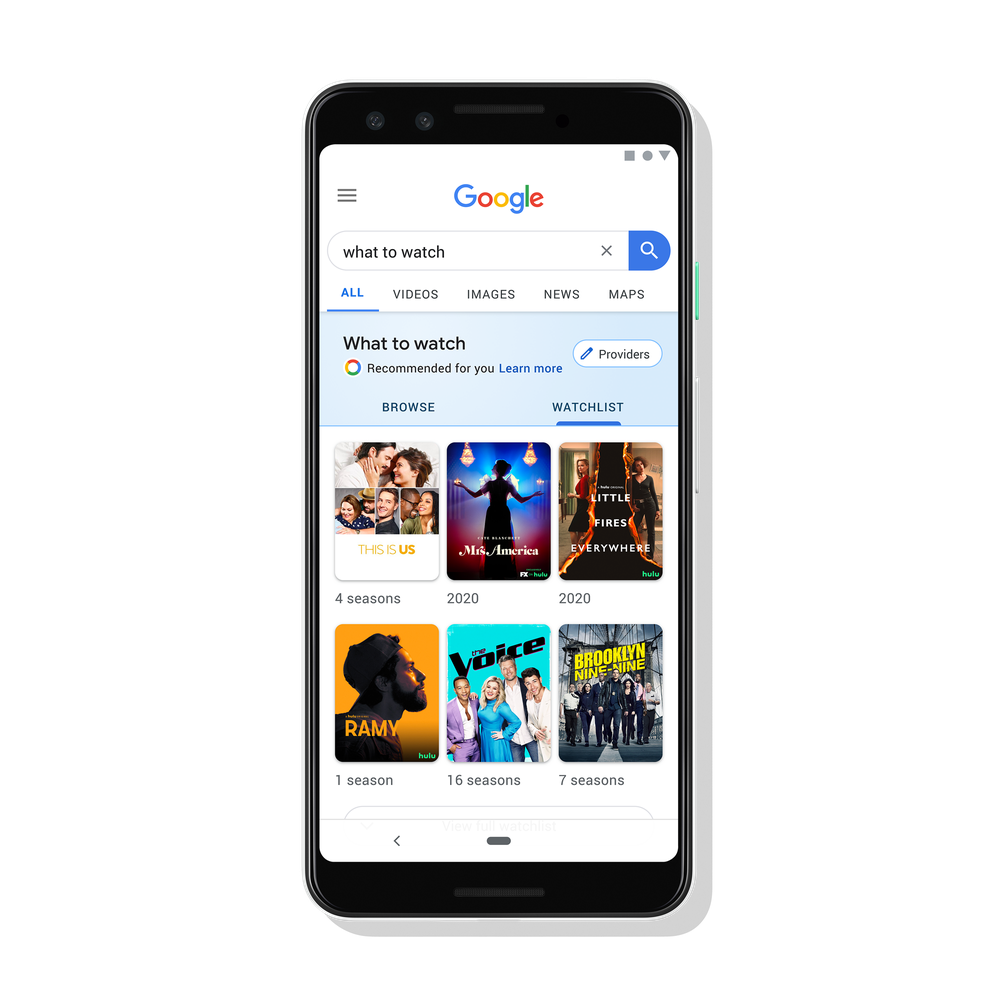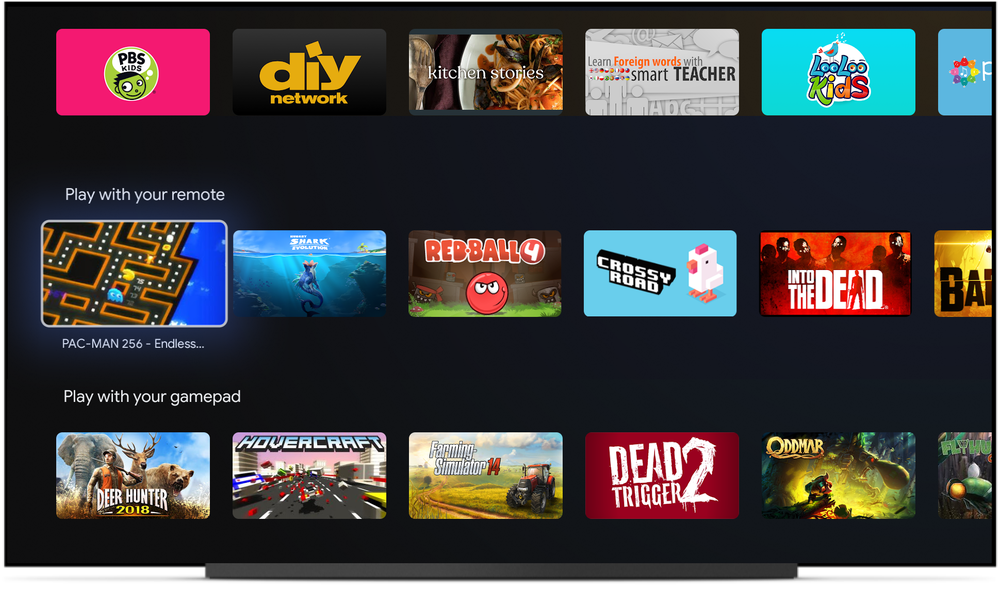The COVID-19 pandemic began spreading across Asia Pacific in January, affecting millions of people directly—and billions more through restrictions on the way we live and work and the impact on the regional economy.
Throughout the region, we’ve seen people and businesses adapt with resilience, determination and ingenuity, including adopting and developing new technologies. Today, some parts of Asia Pacific are beginning to ease social distancing measures and restrictions on commerce—but we’re still many months away from anything like a return to normal.
Google’s focus in Asia Pacific has been on three priorities: contributing to the immediate health response, helping people learn and work from home and supporting the small businesses most affected. We’ll continue to do all we can to help every part of the region get through, and we’re committed to being part of the economic recovery, so Asia Pacific can ultimately emerge stronger.
Contributing to the health response
Since January, we’ve worked to share reliable information on Google Search and YouTube, support public health campaigns, inform health officials and curb misinformation. We’ve extended these global efforts with more targeted local initiatives around the region.
In India, we’re helping female internet “saathis” (or trainers) share authoritative health advice with their networks in rural villages. In Korea, the Google News Initiative is offering weekly sessions training journalists on how to identify misinformation. In Japan, YouTube creator Hikakin interviewed the Governor of Tokyo to raise awareness of social distancing measures among his youth audience.
We’re also helping Asia Pacific governments and institutions make the most of our tools to fight the virus directly. The Philippines’ government is centralizing health communications using an AI system powered by Google Cloud, Taiwan’s Digital Minister Audrey Tang has used Google APIs to create an app that tracks face-mask inventories, and we’ve worked with Singaporean nonprofit Better.sg to create translation tools for medical professionals caring for migrant workers. We started showing the locations of COVID-19 test centers on Google Maps, Search and Assistant in Indonesia, before extending the feature to other countries around the world, including India, Korea and the Philippines.
Alongside responding to the health crisis, we know we need to protect and support people who might be left isolated or vulnerable. Our team in India has helped local governments share the location of night and food shelters on Google Maps, while Southern Cross Care (SA, NT & VIC) Inc in Australia is using Meet to help aged care residents stay in touch with their families—two examples of how technology can help.
Helping people work and learn from home
In many parts of Asia Pacific, people have been working and learning from home for months. Wherever possible, we’re adapting our global tools and resources to local needs—like giving 1.8 million students in the Jakarta region access to our G Suite for Education tools. We’ve launched local versions of our Teach from Home resource center—a partnership with UNESCO—across 13 Asia Pacific countries.
As teachers and students adjust, we’re seeing new approaches across the region. In Korea, public broadcaster EBS and the Ministry of Education are using YouTube to live-stream daily classes. In Malaysia, Google’s daily webinars for teachershave received more than 250,000 views. And in Australia, the inspirational Eddie Woo—a champion of teaching via YouTube—is sharing his experience and advice to help fellow teachers take their lessons online.
Learners from disadvantaged backgrounds are more likely to have their schooling disrupted and their progress held back—so as part of Google.org’s $10 million Distance Learning Fund, we’re extending a $1 million grant to INCO. This funding will support nonprofits in mainland China, Indonesia, Hong Kong and the Philippines as they help underprivileged students with access to home learning.
Supporting small businesses and helping local economies recover
COVID-19 has put many business owners under intense financial pressure, which is why we’re giving Asia Pacific businesses ad credits and other forms of support as part of a US$150 million commitment to the region.
We want to make it as easy as possible for businesses to adopt new ways of working and manage through uncertainty—creating a dedicated website for Australian and New Zealand businesses, for example, or moving to an online format for Grow with Google skills courses like Indonesia’s Gapura Digital. We’re helping small businesses move their sales online and contribute to the recovery—like Yamaya, a Japanese sock manufacturer which is providing materials to help people make their own masks. And we’re working closely with nonprofits to help businesses most at risk from the economic downturn, including providing Google.org funding to help Youth Business International assist vulnerable small businesses and The Asia Foundation advance digital literacy in marginalized communities in Southeast Asia.
Small businesses are an integral part of their communities, but they’re equally critical to economic growth, accounting for the vast majority of all businesses and up to 50 percent of GDP in most Asia Pacific countries. Just in the past few weeks, we’ve launched new programs supporting digital skills in Taiwan, developers in Korea and startups in Japan—and we’ll begin more initiatives like these in the coming months. Economic recovery will start locally and we want to be there to help.
In this global pandemic, everyone has a part to play. As Asia Pacific confronts the effects of COVID-19, we will continue to stand by the region’s people, business and communities for as long as it takes, and help rebuild when the time is right.
